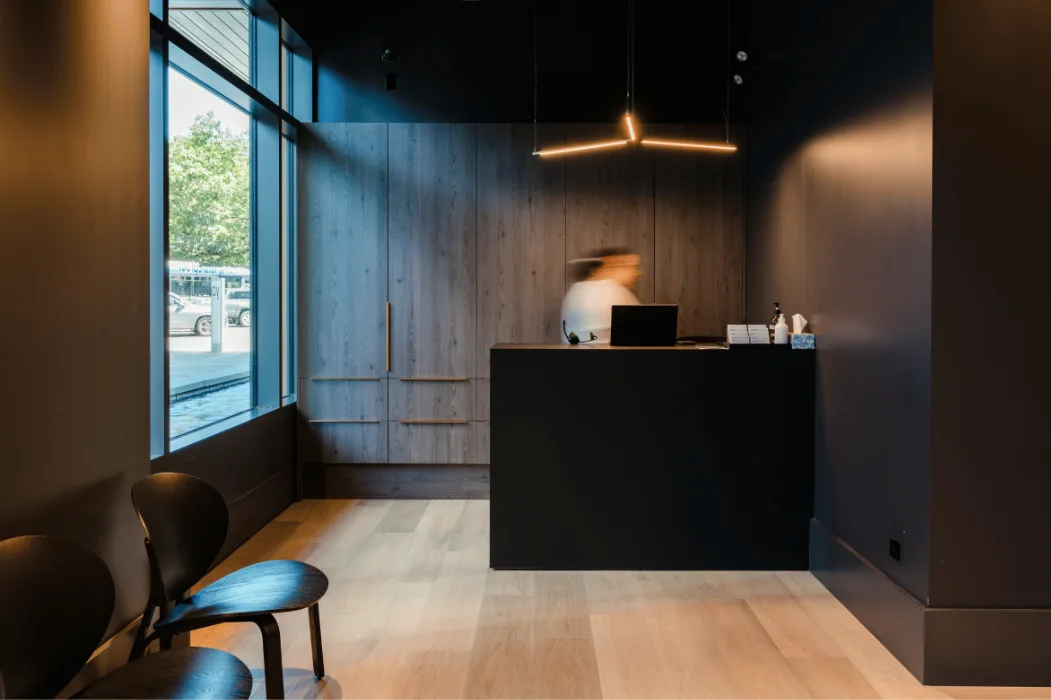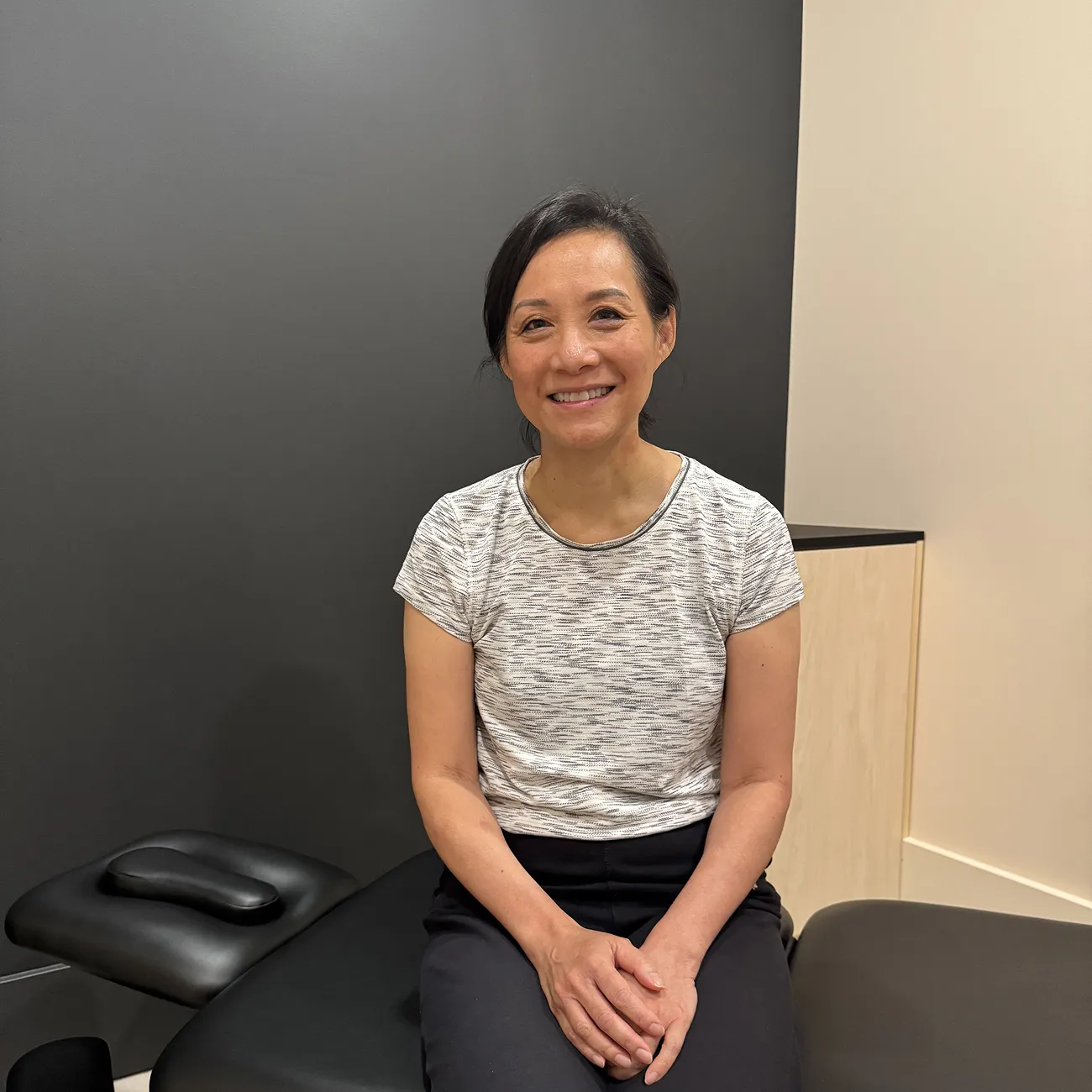Modern physical therapy to futureproof your body.®
From whole-body assessments to specialty services, explore our range of treatments
Your First Myo Session
Your first session is dedicated to understanding you. An expert Physical Therapist or Chiropractor will guide you through a comprehensive whole-body assessment to explore how you move, uncover the root cause of any pain or discomfort, and start treatment right away with hands-on therapy. Then, we’ll build a personalized FutureProof Plan™—a clear path to moving better, feeling stronger, and staying pain-free.
Your treatment includes:

“...there’s one investment that yields lucrative, feel-good dividends: “prehab.” As opposed to the “Oww” moment of pain that requires rehab, this preventive approach integrates strength training, stretching, and manual manipulation (think deep-tissue massage) to prevent injuries in the first place.”
“...physical therapy locations that elevate the experience with more one-on-one attention, a modern, customer-service first approach, comfy facilities, and a mix of experts under one roof.”
“...game-changing preventive approach to physical therapy, identifying root causes of pain while “futureproofing” the body through hands-on therapy and integrative exercises.”
“Through his work, Vinh Pham has cracked the code on how physical therapy can be used to help us not just heal, but also avoid getting injured in the first place. His holistic approach is redefining what smart, safe, and lasting movement looks like.”
FutureProof Method™
FutureProof ™ is our proprietary way of giving you the tools to move more powerfully—to intercept injury, reduce pain, and improve posture and mobility.

Pain is a message, not a stop sign. We pinpoint the source, relieve discomfort with expert hands-on care, and co-create your FutureProof Plan™—a guided path to pain-free, confident movement, built just for you.

Daily habits, past injuries, and too much sitting take a toll on your body, throwing off how you move and feel. With a combination of hands-on therapy and integrative exercises, we restore your body’s optimal alignment to improve joint health, mobility, and posture.

Smart movement is about making your body work for you, not against you. Whether you're carrying groceries, swinging a golf club, or lifting weights, we fine-tune your movement patterns so every move feels natural and efficient.

Strength isn’t just about power—it’s about protection. We build practical strength to keep you balanced, resilient, and injury-proof—so you can move with confidence, no matter how you live, work, or play.

You were born to move—powerfully and purposefully. Whether you're learning to ski, chasing your kids, or reclaiming the activities you love, we specialize in making movement effortless, intentional, and adapted for what matters most to you.
Ready to try Myo?
.png)











.jpg)













"I came to Myo because of knee pain, but what I found was a new relationship with my body. I learned that strength isn’t just about doing more — it’s about moving with intention. Years later, I’m pain-free, training for races and hikes, and still refining how I move. It’s been an evolution of awareness, and Myo has been a core part of that journey."
.png)

"I went to Myo after suffering a meniscus tear and learned how much my feet and hips impact the health of my knee. Over the course of a year, the Myo team helped me rebuild my whole body. Now, Myo is a regular part of my flow. I just completed my first Hyrox competition, and it felt amazing! I’m excited for more."


"My hamstring injury brought me to Myo. Regular sessions are now a non-negotiable part of my recovery and performance, and it’s helped me keep doing what I love."


“I saw five other therapists before coming to Myo. It was the first time someone actually said, ‘Tell me more,’ instead of rushing to a diagnosis. For the first time, I felt heard—and I finally understood that I wasn’t broken. That clarity changed everything.”


“After a long stretch of inactivity, even simple things like running across the street started to feel hard. I used to be active, but my body wasn’t moving like it used to. Coming to Myo reminded me that it’s not too late to take care of myself and enjoy life again.”


“I didn’t realize how much sitting and training was affecting my body—until it started causing regular back spasms. Myo helped me understand how my body should actually feel when it’s moving well, and now I move with way more awareness and confidence.”

